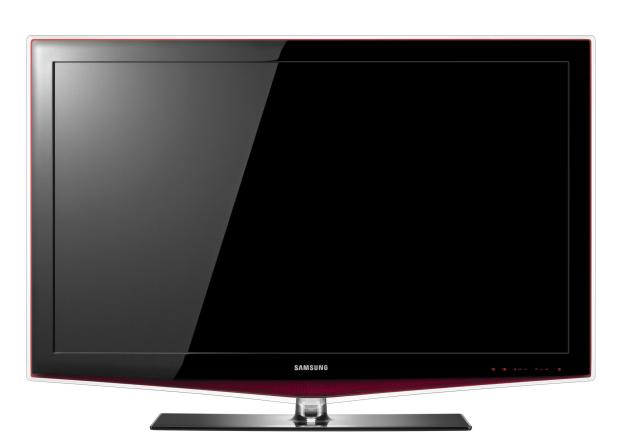
If you bought a television, computer monitor, or notebook computer with a TFT-LCD flat panel screen at any point between 1999 and 2006, you may be entitled to a chunk of $500 million dollars, thanks to a class action lawsuit filed on your behalf.
Lawsuit lowdown
Here’s the deal: In 2010, a lawsuit was launched against 10 groups of companies, including Hitachi, Samsung, and Sharp, based on allegations that these companies conspired to “fix, raise, maintain or stabilize” the price of TFT-LCD displays — a seriously illegal move.
On January 26 of this year, the Court granted a preliminary settlement of $538 million. Of this, $500 million will be divvied up among customers, while the other $38 million will go to the states. On May 18, a fairness trial will begin, during which time the court will decide whether the settlement amount is fair. This will be followed by state and nationwide trials, and a number of other court hearings. But, if all goes as expected, customers can expect to receive their chunk of the settlement by the end of this year, or sometime in 2013.
Are you eligible for money?
The class action suit was filed in 24 states, and Washington DC. In order to qualify for a part of the settlement, you must live in one of the states (or Washington DC), where the suit was filed. Those state are: Arizona, Arkansas, California, Florida, Hawaii, Iowa, Kansas, Maine, Massachusetts, Michigan, Minnesota, Mississippi, Missouri, Nevada, New Mexico, New York, North Carolina, North Dakota, Rhode Island, South Dakota, Tennessee, Vermont, West Virginia and Wisconsin.
You must also have proof that you purchased a device containing at TFT-LCD display from one of the 10 companies listed as defendants in the suit, at any point from Jan. 1 1999 thru Dec. 31 2006. Those companies are: Chimei Innolux Corp., Chi Mei Optoelectronics USA, Inc., Chi Mei Optoelectronics Japan Co., Ltd, HannStar Display Corporation, Hitachi, Ltd., Hitachi Displays, Ltd., Hitachi Electronic Devices, USA, Inc., Samsung Electronics, Co., Ltd., Samsung Electronics America, Inc., Samsung Semiconductor, Inc., Sharp Corporation, and Sharp Electronics Corporation.
In most cases, eligible customers likely purchased their device “indirectly,” rather than directly from the company. So if, for example, you bought an Samsung LCD TV from Best Buy in 2005, you would likely be eligible. To find out how to proceed, you must visit this website: http://lcdclass.com/
If you purchased an eligible device direct from the manufacturer, visit this website for more instructions: http://tftlcdclassaction.com/
If doing business on the Web is not your cup of tea, you can also call 855.225.1886, or send a letter to LCD Class, P.O. Box 8025, Faribault, MN, 55021-9425, for more information.
(via BI)
Editors' Recommendations
- How to get your share of Facebook’s $750M settlement
- Apple fails to get lawsuit over its troublesome butterfly keyboard dismissed


